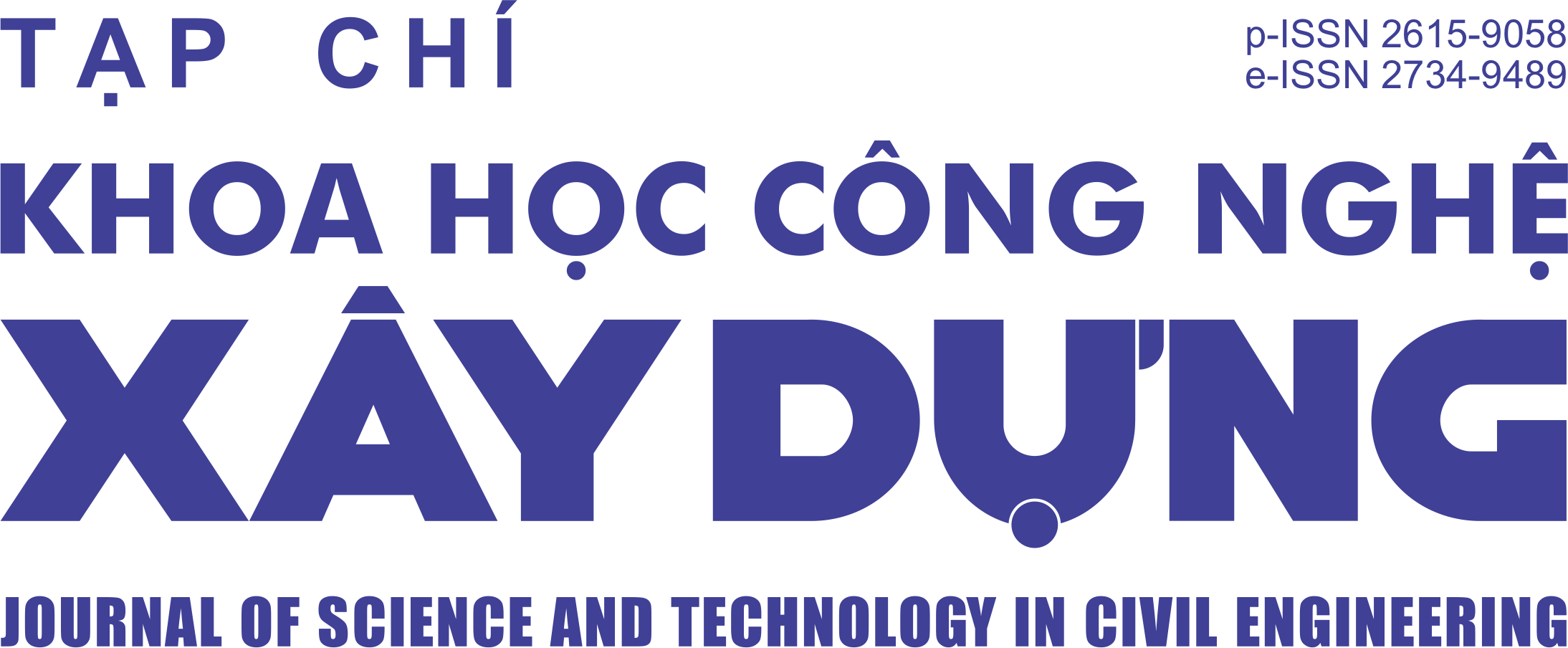Asphalt concrete testing device: Studying and designing based on the properties of asphalt concrete
Abstract
With the purpose of obtaining the shear strength parameters (friction angle, φ, and cohesion, c) of asphalt concretes. At the present time, almost the testing devices were designed based on the condition of the vehicle's load when they are moving on the pavement structure. That means, the fatigue resistance of the interfaces was determined through the loads acting at the interfaces between layers are repetitive mechanical action of the moving vehicles. With that view, the ratio of the normal and shear fatigue loads of asphalt concrete was not considered in terms of the nature of the material. An asphalt concrete testing device is proposed based on the modification from AST-2 instrument and Shear Fatigue Test instrument. The main parameters of this device are calculated from the ratio of shear stress and normal stress at the fatigue of the asphalt concrete according to the Mohr-Coulomb failure criterion. Test results with asphalt specimens show that the device is stable, the acting vertical loads were smaller and more stable.
Keywords: normal strength; shear stress; asphalt concrete; fatigue stresses.
Received 4 December 2018, Revised 20 December 2018, Accepted 24 January 2019
Downloads
Copyright (c) 2019 National University of Civil Engineering

This work is licensed under a Creative Commons Attribution-NonCommercial-NoDerivatives 4.0 International License.
1. The Author assigns all copyright in and to the article (the Work) to the Journal of Science and Technology in Civil Engineering (JSTCE) – Hanoi University of Civil Engineering (HUCE), including the right to publish, republish, transmit, sell and distribute the Work in whole or in part in electronic and print editions of the Journal, in all media of expression now known or later developed.
2. By this assignment of copyright to the JSTCE, reproduction, posting, transmission, distribution or other use of the Work in whole or in part in any medium by the Author requires a full citation to the Journal, suitable in form and content as follows: title of article, authors’ names, journal title, volume, issue, year, copyright owner as specified in the Journal, DOI number. Links to the final article published on the website of the Journal are encouraged.
3. The Author and the company/employer agree that any and all copies of the final published version of the Work or any part thereof distributed or posted by them in print or electronic format as permitted herein will include the notice of copyright as stipulated in the Journal and a full citation to the Journal as published on the website.







